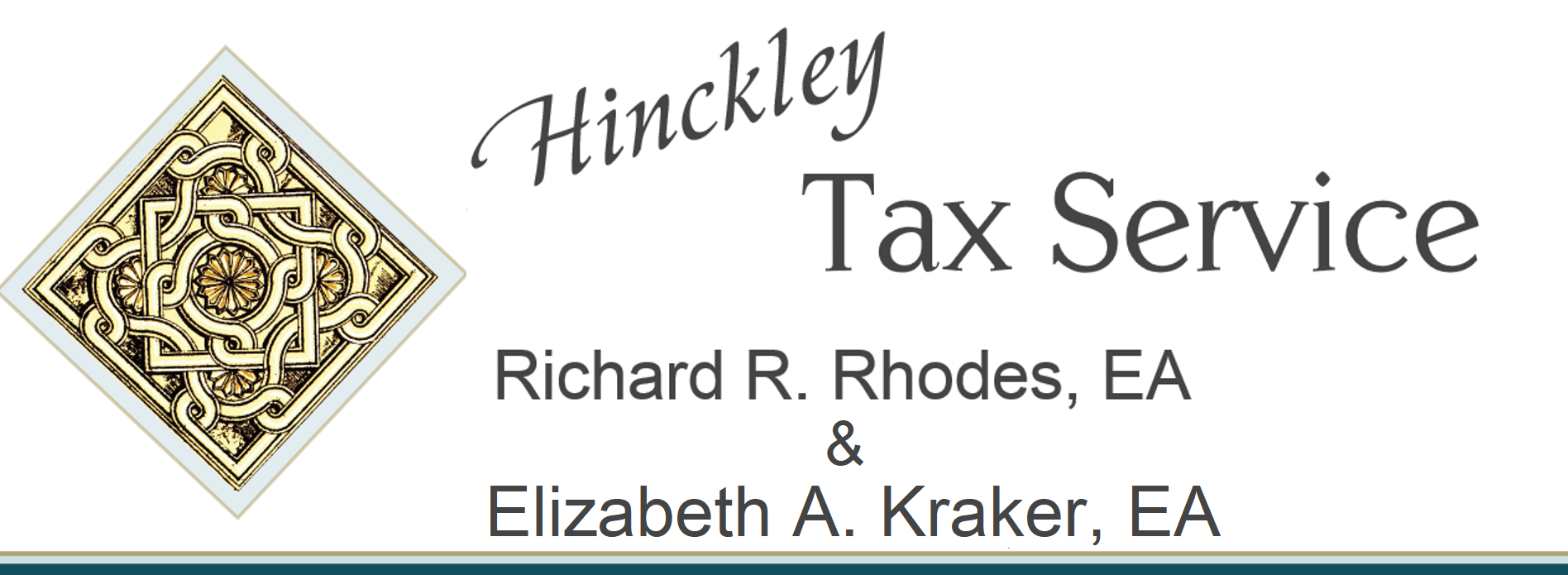Say it with me again: it’s a whole new year. 2020 is in the rearview…

And 2021 is starting with some very nice treats for regular families in the clunkily-named “Coronavirus Response and Relief Supplemental Appropriations Act of 2021”, also known as the “Consolidated Appropriations Act” or CAA for short (the CAA is the entire bill … the clunky name is for the part that directly applies to this conversation).
And look — I’ll leave the 2020 lookback thoughts for someone else to tackle. Same with the 2021 “goal setting” thoughts.
Because if last year has taught us anything, it’s to expect the unexpected. Even as I write this, political things are still roiling … but again, I’ll leave that for others to tackle. 🙂
If there’s a goal that I want to hit together, it would be that we get your financial fortress built on solid ground. That way, WHATEVER comes — be it space aliens, EMP blasts, WWIII or even universal basic income — you’re set up to handle it with strength. Though I’m not sure about the space aliens thing … again, I’ll leave that for others to tackle.
In the meantime, today I thought I’d offer you a fuller, but still basic, summary of the provisions of the CAA that affects Cleveland taxpayers, including YOU.
Five Key Takeaways From The Second Coronavirus Relief Bill For Cleveland Taxpayers
“Last year’s words belong to last year’s language. And next year’s words await another voice.” -T.S. Eliot
We’ve all heard about the $600 stimulus payments. You can go here to check on the status of yours, and there’s information on that page as well for those who might not feel like they got what they should have, etc.
But the second relief bill contains many more pertinent provisions for my Cuyahoga County individual and family clients than merely the payment. So I thought I’d hit the high points for you.
If you need to talk through any of this, we’re right here:
https://hinckleytaxservice.com/%E2%80%8B/schedule-a-call/
Key Takeaway #1: The Payments
Just to wrap this and give all the details:
- $600 per eligible family member
- $1,200 for married filing joint returns
- $600 per dependent child under 17 years old
The income phase-out starts at $75,000 of modified adjusted gross income ($112,500 for head of household and $150,000 for married filing joint), all of which is based on information from 2019 tax returns. Taxpayers without a social security number are not eligible. And lastly, if the credit determined on the taxpayer’s 2020 tax return exceeds the amount of the advance payment, the taxpayer will receive the difference as a refundable tax credit. Taxpayers who receive an advance payment that exceeds the credit do not need to repay the amount.
Very helpful stuff.
Key Takeaway #2: Unemployment Stuff
They tacked on an additional $300 per week for all workers receiving unemployment benefits, from December 26, 2020 to March 14, 2021. The bill also extended the “PUA”, a temporary federal program covering self-employed and gig workers, to March 14 (after which no new applicants) through April 5, 2021.
The bill also provides an extra benefit of $100 per week for certain workers who have both wage and self-employment income but whose base UI benefit calculation doesn’t take their self-employment into account.
Key Takeaway #3: Even Better EIC and Child Tax Credit
There is now a special temporary rule allowing lower-income people to use their earned income from tax year 2019 to determine the Earned Income Tax Credit and the refundable portion of the Child Tax Credit (i.e., the Additional Child Tax Credit) in the 2020 tax year. This is very good news.
Key Takeaway #4: Eviction Relief
This new measure extends the moratorium on evictions under the CARES Act, designed to protect renters from eviction, until January 31, 2021. That means, if you are a renter, you have one more month to get right. For landlords, you need to know that you will have to wait one more month.
Key Takeaway #5: Student Loans
College students and parents with federal student loans will receive an additional extension on student loan payments, and won’t be required to make payments on federal student loans until April 1, 2021. This includes both principal and interest payments.
Other Miscellany
Some of these won’t really matter, and verge into tax geek land, but …
- The 7.5% adjusted gross income limit (instead of 10%) pertaining to the medical expense deduction has been made permanent.
- The higher learning tuition deduction is now made permanent by increasing the phase-out limits in the permanent lifetime learning credit.
- Mortgage insurance premiums are continued as qualified residence interest has been extended for one year through 2021 (was due to expire at the end of 2020).
- There has been a nonbusiness energy property credit for qualified energy improvements to a principal residence, and it has been extended for one year through 2021 (was also due to expire at the end of 2020).
So, all of this is VERY good news. And probably more detail than you actually care about! But that’s why we’re here.
I’m excited to dig into these provisions further, and apply them on YOUR behalf this year, ~Contact.FirstName~.
We’re in your corner.
Warmly,
Rich Rhodes

